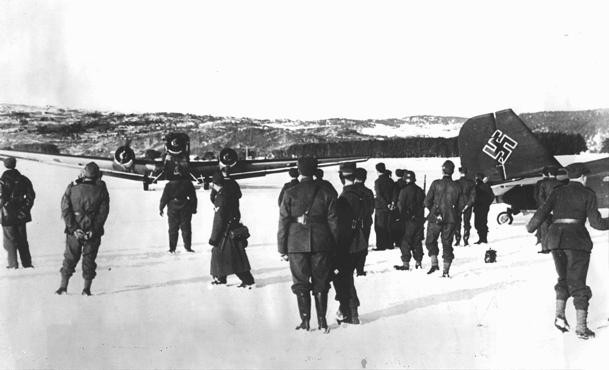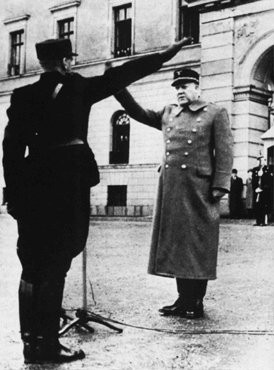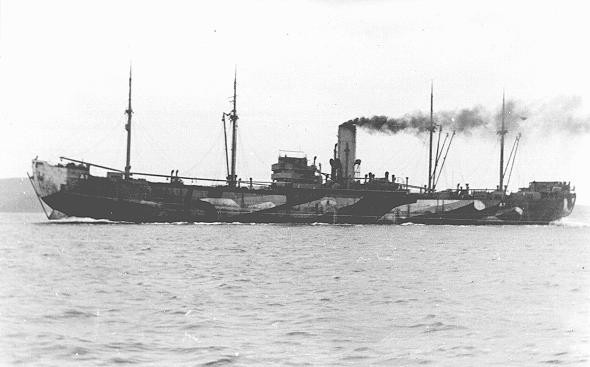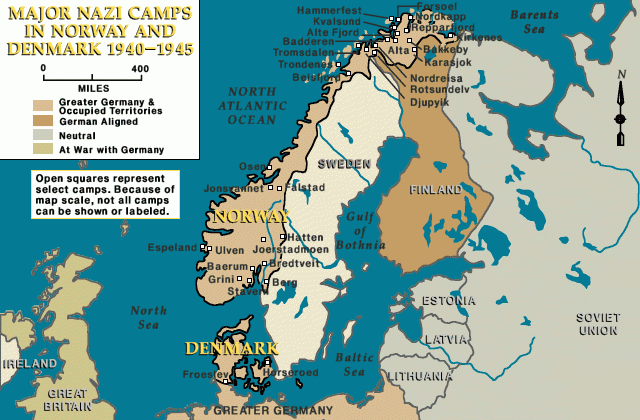
Norway
German Invasion of Norway

On April 9, 1940, Germany invaded Norway. Germany sought to secure naval bases for use against the British fleet in the North Sea and to guarantee vital iron-ore shipments from neutral Sweden.
Despite British attempts to help, Norway surrendered to Germany on June 10. King Haakon VII and the Norwegian government escaped to London. Vidkun Quisling, who in 1933 had founded a fascist organization modeled after Germany's Nazi Party, proclaimed himself prime minister. Quisling's name henceforth became synonymous with collaboration. The Germans quickly became disillusioned with him and established their own administration, but intermittently used Quisling as a figurehead.

Jews in Norway
There were approximately 2,100 Jews in Norway at the time of the German invasion, including about 350 mostly German and Austrian Jewish refugees who had found safe haven there in the 1930s. Restrictions on Jews initially were sporadic, but with the German invasion of the Soviet Union on June 22, 1941, numerous Jews in the northern part of the country were incarcerated. Widespread arrests of Norwegian Jews began in the fall of 1942 with Norwegian police and paramilitary formations supporting SS and German police units. In early October, the authorities arrested all male Jews in Trondheim, a northern Norwegian port city. On October 26 and 27, 260 male Jews were arrested in Oslo, Norway's capital. During the night of November 25–26, 1942, all remaining Jews in Oslo, including women, children, the sick, and people with disabilities, were arrested and interned. They were deported on the "Donau," a ship requisitioned by the Quisling government, which took them to Germany. They were then deported to the Auschwitz-Birkenau killing center.

Despite protests by Norwegian church leaders and some segments of the population, the internment and deportation of Jews from Norway continued intermittently. Fortunately, many Jews received advance warnings of the roundups from Norwegian policemen and members of the underground. Many of Norway's Jews, about 1,000, escaped to neutral Sweden with the aid of the underground. Many others went into hiding.

Between 1940 and 1945, approximately 770 Jews were deported from Norway. Only about 34 survived; most of the others were murdered in Auschwitz. On May 8, 1945, German forces in Norway surrendered to the Allies. Quisling was arrested and found guilty of treason. He was executed on October 24, 1945.

